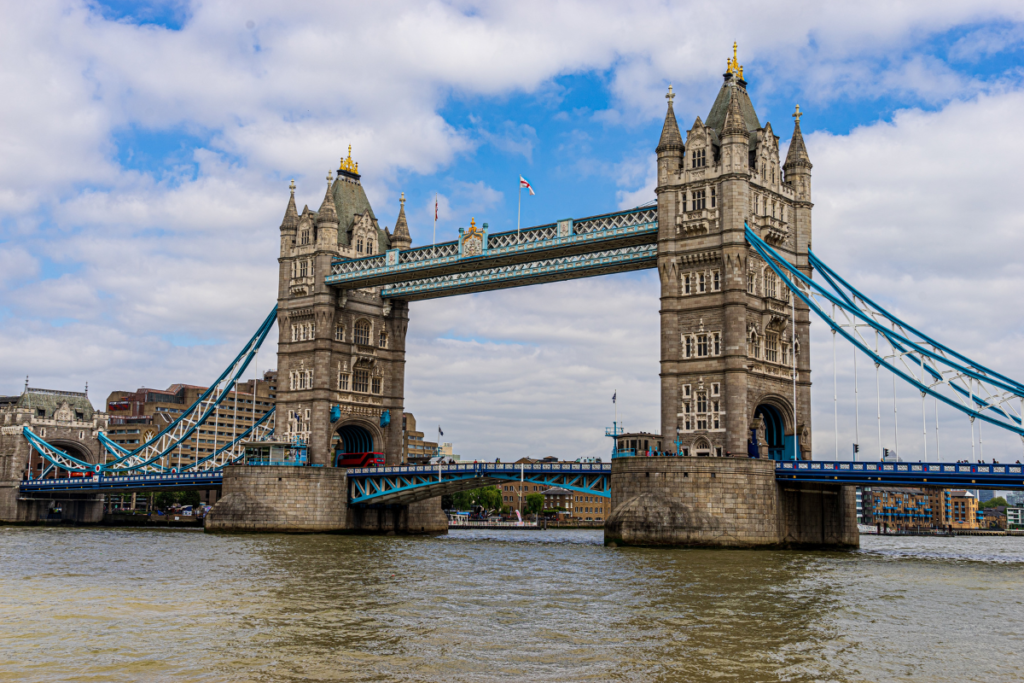Seafield House was built for Sir William Arrol, but who was he? Was he a bridge builder, a crane maker, a car builder, member of parliament, or a lawyer? In most ways, he was all of these things except for a lawyer, but he did have an important part in the basis of contract law in Scotland.
William Arrol was born in 1839 in Kilbarchan, Renfrewshire. When he was 12 years old, he started work as a bobbin-boy in J&P Coats of Paisley. In 1852 he started his apprenticeship as a blacksmith, and ever ambitious he self-funded evening studies in the principles of mechanics and engineering. His knowledge of the growing engineering industry expanded over time and through a number of career changes, and eventually enabled him to start his own company in Glasgow in 1868, aged 29.
His “can do” approach to the challenges he faced in the time when railways were expanding across the UK helped him win contracts for railway bridges which helped the company grow both in size and reputation. His leadership helped the company develop their own engineering team to solve the challenges presented and help address the demands of building three notable bridges at the same time: The Tay Rail Bridge, Forth Rail Bridge and Tower Bridge. The achievement of successfully completing these important structures was recognised by awarding him a knighthood.

He was undoubtedly a good engineer, but perhaps more importantly he created a very well-respected team of engineers and craftsmen to take on new tasks in this important period of industrial growth for the UK.
As well as railway bridges, the company was involved in the construction of many industrial buildings including the Battersea Power Station in London. Many of these structures required cranes to build, and so to be sure of the quality and suitability of the cranes, Arrol bought the Appleby Crane & Transport Co. He closed the Leicester works and renamed the company to Sir William Arrol & Company Ltd.
The success of both companies due to the strong team he had built up enabled him to invest in his nephew’s endeavours in the new method of transport – the car. He became the main investor on the Mo-Car syndicate who produced the Arrol-Johnston car – one of the 3 Scottish car manufacturers along with Argyll and Albion.
So why is Arrol a name lawyers in Scotland have been taught in their university degrees?
William Arrol formed a partnership with three others to form the company called Tancred, Arrol, & Co. They took on the substantial task of building the Forth Railway Bridge in, at the time, the innovative new material, steel. Prior to that time most bridges for the railway expansion were built using iron in its many forms (Cast, wrought, rolled, etc.) Once the bridge was complete, the supplier of the steel sued for losses made due to the construction company purchasing less steel than the supplier had anticipated.

The lengthy legal process including an appeal of the supplier’s claim was not upheld, so Tancred, Arrol, & Co. vs Scottish Steel Co. became one of the key cases used as a basis for contract law in Scotland.
Sir William Arrol worked hard to build his company, but his heath and his personal life suffered. He was married 3 times, widowed twice, and suffered ill heath, as was common at the time from the heavily polluted air of the early industrial environment. It was believed by many at that time that sea air and sea water could cure many ailments, hence why he had Seafield House built in Ayr.
Being the person he was, he could not rest on his laurels, and he was elected as the MP for South Ayrshire twice representing the Unionist Party. He also was a lover of the works of Robert Burns and in 1894 he became the President of Ayr Burns Club. The contribution Sir William Arrol made to the community was recognised when he received the Freedom of the City of Dundee and an honorary Doctorate from the University of Glasgow among many other things. Perhaps as a reflection of his philanthropic nature, he was a notable member of the charity that supports the engineering community – the Incorporation of Hammermen of Glasgow.
Although he was married 3 times, he had no children but was clearly a family man as he supported and employed many members of his family through the development of his company. It is therefore of no surprise that when he died in February 1913, his wishes were that Seafield House should be used for the benefit of the children of Ayr, resulting in the creation of Seafield Children’s Hospital.
by Martin Cullen
If you’d like to know more about Sir William Arrol, click here to watch Martin Cullen’s presentation from our 2021 Hammermen Talks.
